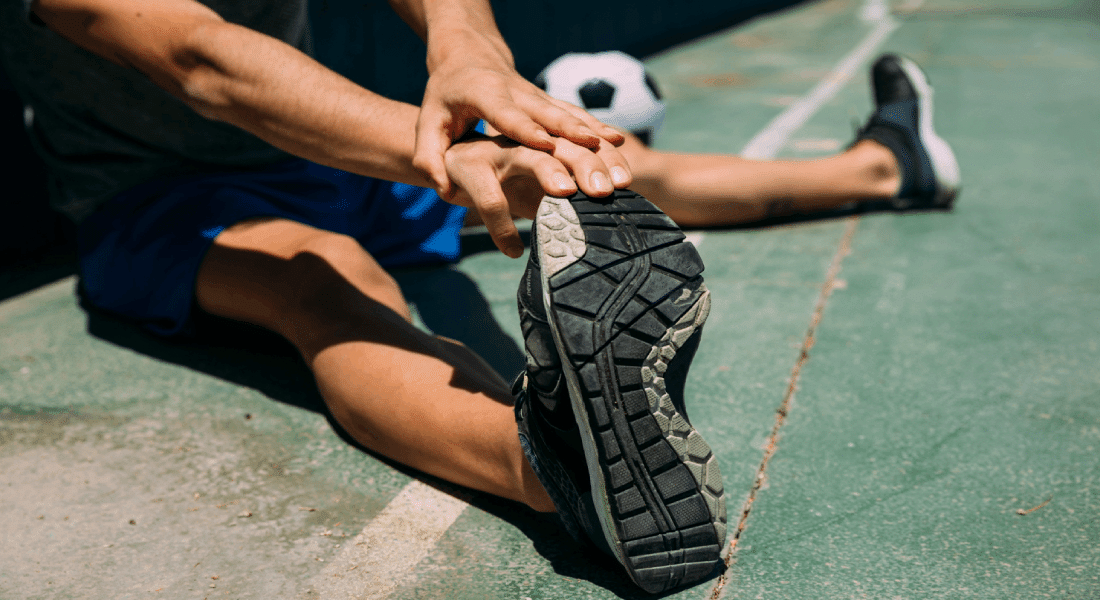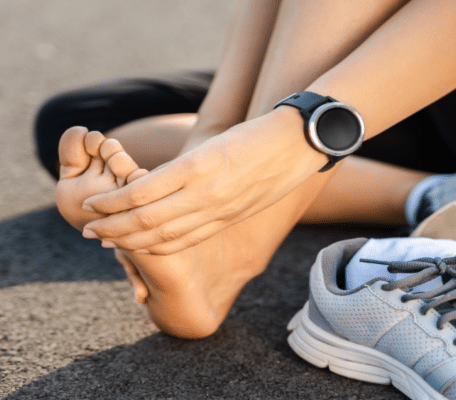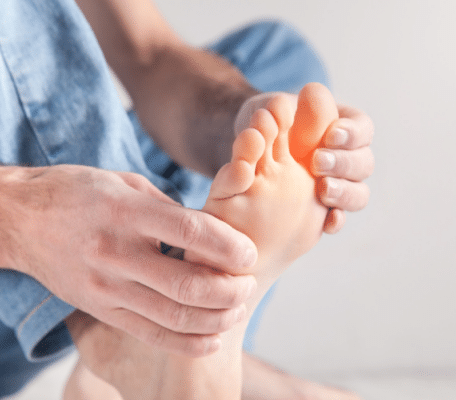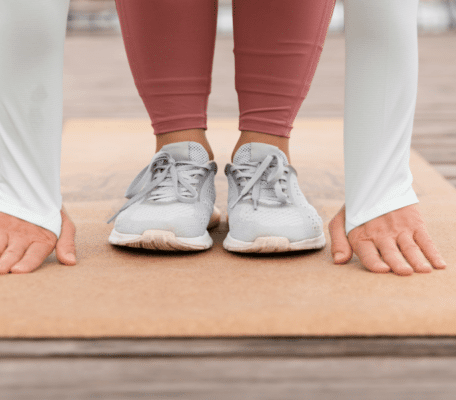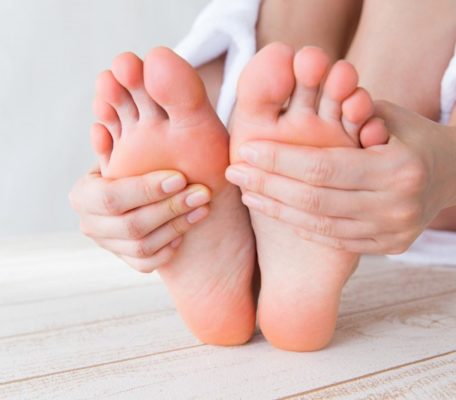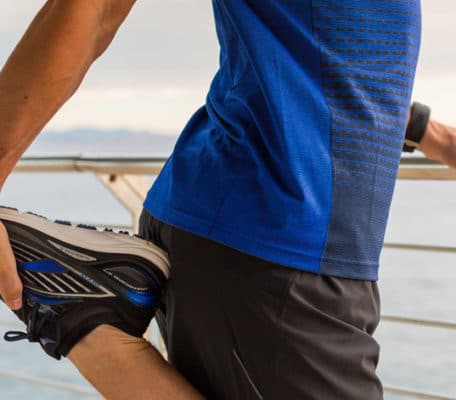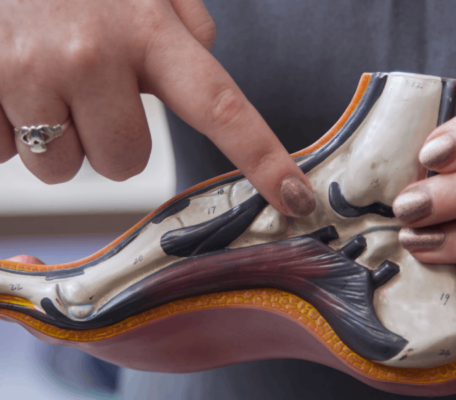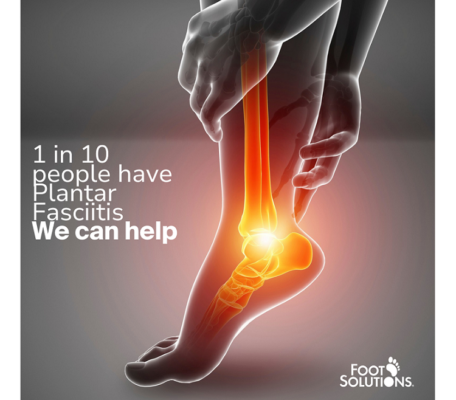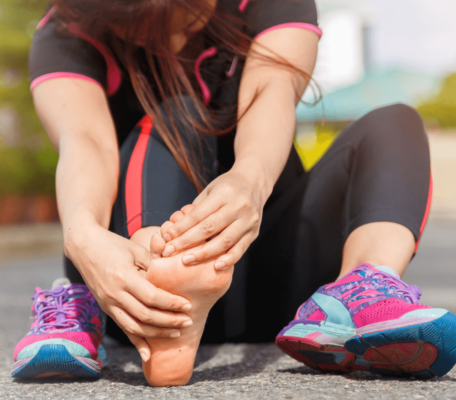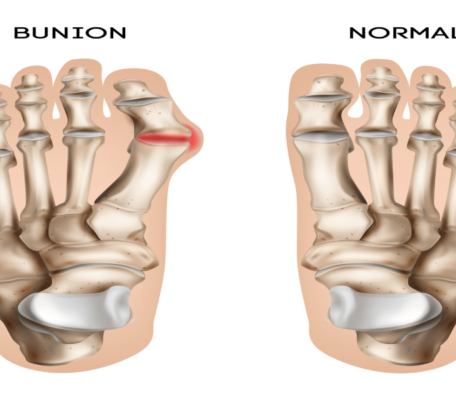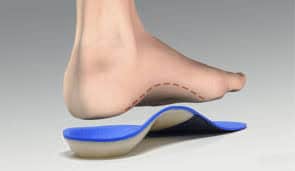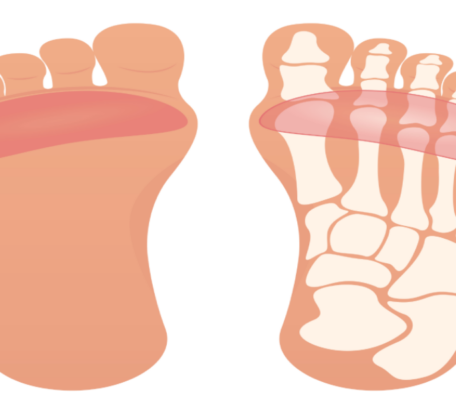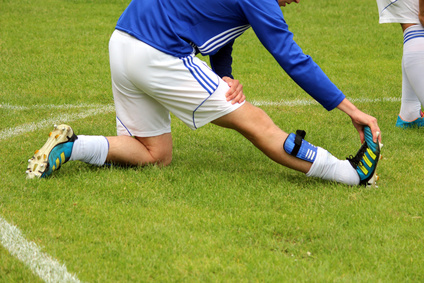 Soccer may be a great form of exercise, but it can lead to painful and frustrating conditions that can impact on your sporting life. Heel pain is a condition that can affect soccer players in particular, since soccer involves running and jumping which is often repetitive and can put strain on certain areas of the feet.
Soccer may be a great form of exercise, but it can lead to painful and frustrating conditions that can impact on your sporting life. Heel pain is a condition that can affect soccer players in particular, since soccer involves running and jumping which is often repetitive and can put strain on certain areas of the feet.
Knowing what sort of foot pain can be caused while playing soccer is helpful since you can treat the causes of this pain and encourage it to heal. Heel pain is often the result of overusing the muscles and tendons in the feet, and a common problem of this type is plantar fasciitis.
What is Plantar Fasciitis?
Plantar fasciitis is a condition in which the plantar fascia, which runs from the toes to the heel of the foot, becomes inflamed or torn, causing great pain and discomfort. Plantar fasciitis can occur due to excessive running or repetitive movements, and improving the level of shock absorption in your shoes can reduce the risks of developing the condition.
How is Plantar Fasciitis Treated?
- It is usually necessary to take a period of rest when you are suffering with plantar fasciitis, since it takes time for the damaged area to heal itself. Putting yourself under pressure to keep training at this time could cause further damage or long lasting pain.
- Slowing down. When you are ready to return to your training regime, it’s important to build up slowly. If you have been running long distances, or training for a long period of time, you’ll need to build back up to this level gradually, allowing your fitness level and the healing muscles to adjust. Do not risk more serious injury by immediately playing a full game of soccer, for example, when you have just recovered from plantar fasciitis.
- This sounds contradictory, but in fact, after an initial period of rest, you can practice specific exercises to rehabilitate your feet and heal plantar fasciitis more quickly. Exercises aim to stretch your feet in the opposing way to the normal position, for example, standing with the fronts of your feet on a stair and your heels hanging backwards off the stair, and lowering your heels so that they are below your toes. You should consult a medical professional to find out more about these exercises and how they can help you.
- Using ice to relieve swelling and reduce pain in the feet can be helpful, and you can roll your foot over a bottle of ice if it helps. You may also find that anti-inflammatory medication is useful in reducing the swelling in your feet at this time.
Find Comfortable Shoes in Ireland
Wearing shoes that fit you well is essential, and this is even more important when you’re training or exercising. Pop into Foot Solutions today to find the best support for your feet while you’re playing soccer, and see what a difference the right arch support can make when combined with a good soccer boot!

